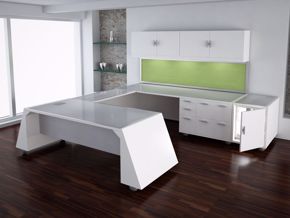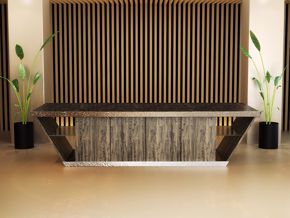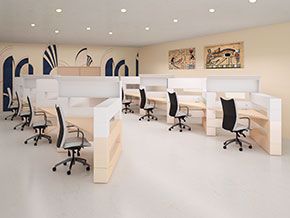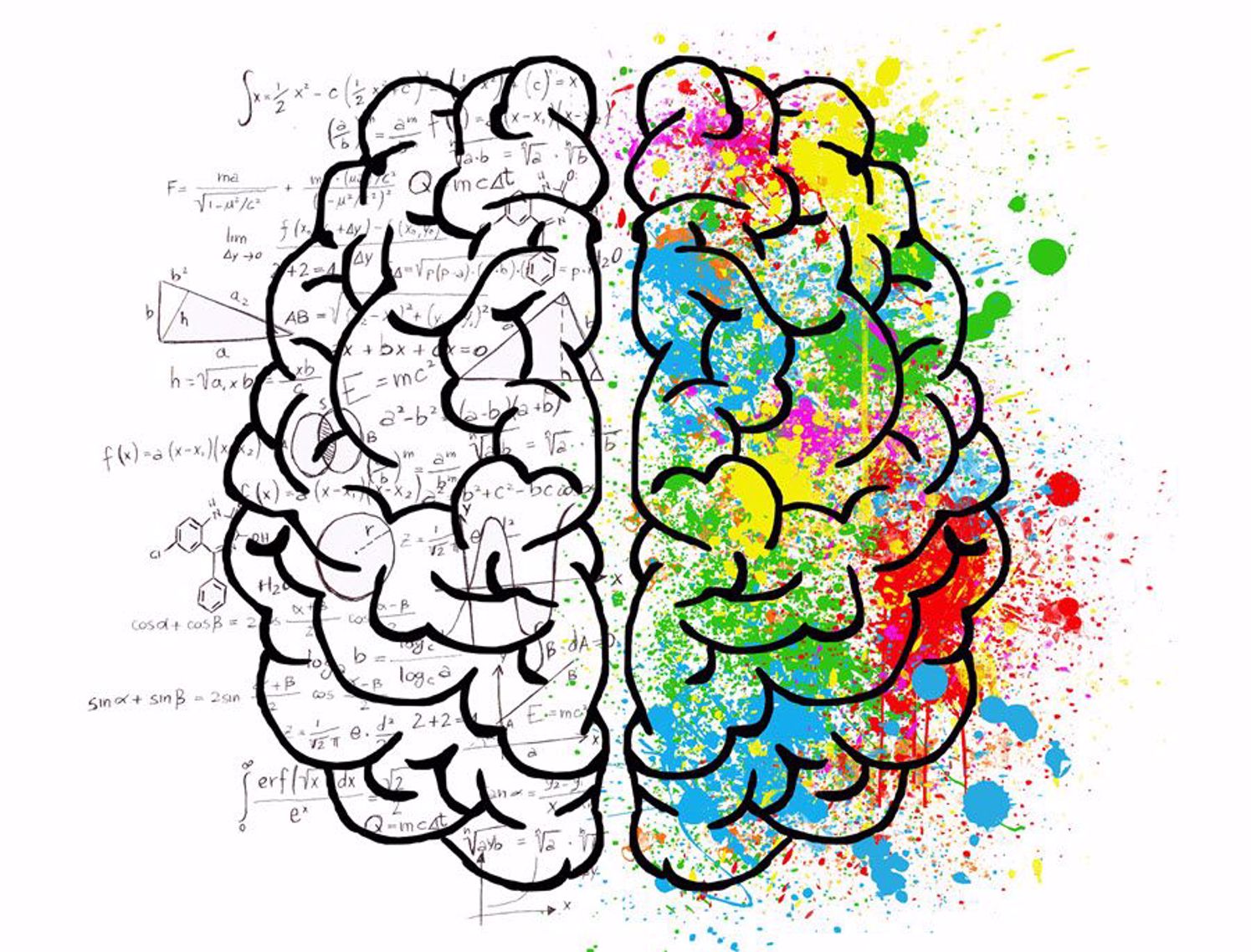I went shopping today at a local Home Depot looking to pick up a couple of things I needed for the office. While walking down one of the aisles, I started singing to myself (I sing to myself because, I’m the only person that would tolerate it) …”I don’t remember what day it was, and I don’t remember what time it was”... (By: Spiral Staircase) Suddenly, I asked myself (see, I talk to myself also), where did that come from? Then I realized it had just played over the speaker system. That, started me thinking how amazing it is how our sensory perception works? Without any conscious effort we think, recall, enjoy, hate or fabricate ideas about everything.
Using design techniques, how important is it to design into every business environment things that affect positive, thoughtful association and recall?
Science shows us that, we as humans often make choices based upon completely irrelevant associations, things that remind us of feelings we once had. They call that anchoring or Neuro Linguistic Programing (NLP)
Anchoring
Anchoring is reminiscent of Pavlov's experiments with dogs. Pavlov sounded a bell as the animal was given food. The animals salivated when they saw the food. After some parings of the bell and the food, the bell alone elicited salivation.
Anchors are stimuli that call forth states of mind - thoughts and emotions. For example, touching a knuckle of the left hand could be an anchor. Some anchors are involuntary. So the smell of bread may take you back to your childhood. A tune may remind you of a certain person. A touch can bring back memories and the past states. These anchors work automatically and you may not be aware of the triggers.
Anchors affect us unconsciously
In our workplace we are affected by anchors constantly, we can be in a good mood one minute and in a bad one in another minute, feel inspired one day and lack appreciation another, feel self-assured and imaginative or emotionally go in a completely different direction. We respond in these ways because we are surrounded by anchors constantly.
These anchors have been built up accidentally. In fact, we often think that our mood has nothing to do with us and that our moods occur by chance.
Interior Design Anchors
Interior design anchors in a business environment, are elements that can guide the type of feelings that are generated in the workplace. As an example, you can use them in a reception area to pre-frame the state of mind or mood of visitors. At 90 Degree Office Furniture we suggest, visitors entering a workplace are affected by style, furniture quality, color, and artfully displayed business accoutrements which create the tone for how and what you want your visitors to think and feel about the company. It puts control over the business thoughts and ideas in your hands. You set the pace for what you offer and where to set the “thinking” bar.

Athens Modern Receptionist Desk can be a part of setting the environment up for forward innovative association.
Advertisers use this method to build in associations with products or services all the time. They can associate a product with things we hear, like a jingle, things we see, like a snow capped mountain range and beer, or things smell or feel, like calling someone you love.
You can use any creative idea to blend together two completely irrelevant resourceful states, blending sight, sound and smell. We, just happen to have an affinity for the visual.

Savannah Modern Reception Desk
Establishing Design Anchors
Mentally, we have all the tools we need to create interior design anchors. We all have the ability to recall how things we see, hear and smell make us feel. Although people are different with different emotions and different viewpoints about certain things, generally speaking, the preponderance of people (when it comes to recall), will feel similarly about universal objects.
It is the talented designers of the world that can help translate those emotions into meaningful forms.
While many anchors are most often mental, often times, visual objects can affect thoughts and feelings as well. For example, I would assert most people think of a quality and luxury items as being higher priced. And when in a luxury environment, most people would expect to pay more.
- A landscape can evoke feelings of natural, freedom, or challenge in the case of a high mountain
- A clear, blue, body of water can be reminiscent of calm, peaceful and relaxed
- A flower/garden can be beautiful, breathtaking or caring
- A person of inspiration can show trust or aspiration
Anchoring Effect-How the Mind is Biased by First Impressions
Though there is no evidence to prove beyond a reasonable doubt that interior design anchoring works as a science, I feel office reception area design can go a long way in connecting visitor emotions with business ideas.
Ken Ward’s anchoring tools-NLP training
Installing Mental Anchors
- Decide on the state you want to anchor. For example being calm and relaxed.
- Choose an anchor (or anchors) that you wish to trigger the resourceful state.
- Recall a memory or imagine a situation where you can experience the state. So recall or imagine a time when you experienced the state.
- Activate the anchor or anchors when the experience is vivid and you are in the desired state.
- Release the anchors when the experience begins to fade. If you keep applying the anchor when the experience is fading, then you will anchor a drop in calmness and relaxation!
- Do something else - open your eyes ... count down from 10 to break state and distract yourself.
- Repeat the steps several times, each time making the memory more vivid. This is not actually required when the anchor is established at the high point of the experience. However, you can strengthen the anchor by establishing it at the high point of several such experiences.
- Apply the anchor and check that the required state occurs.
- Future pace the situation where you want to experience the desired state. Fire the anchor to check that it creates a sufficiently resourced state.
- Check the anchor the next day to ensure it is a permanent anchor.











